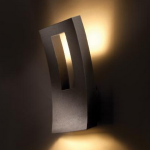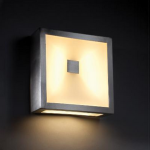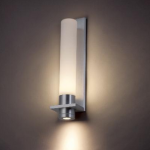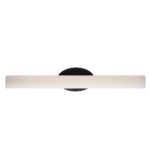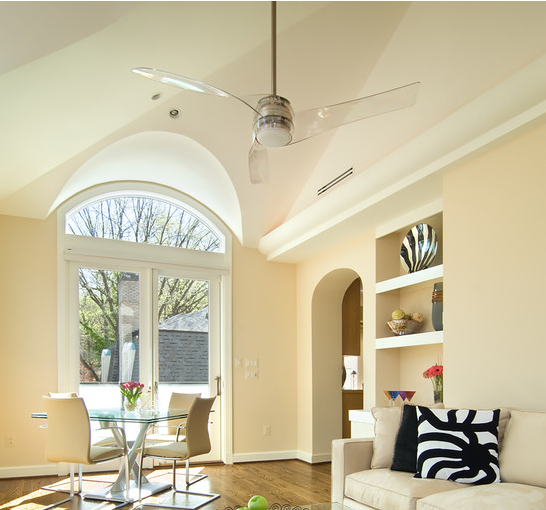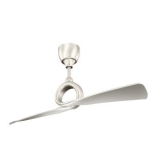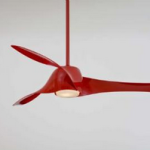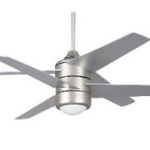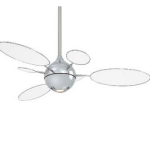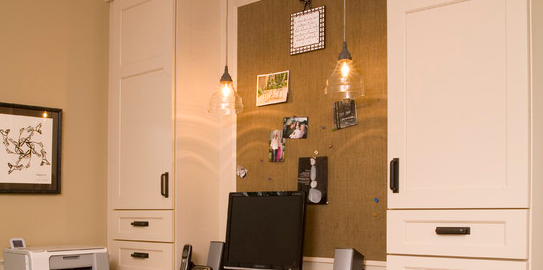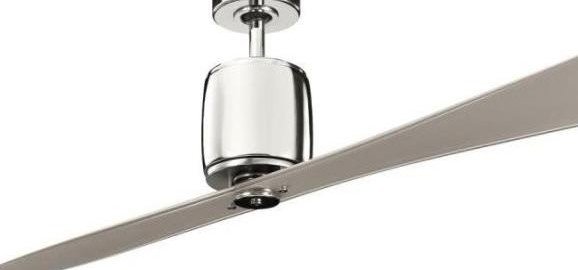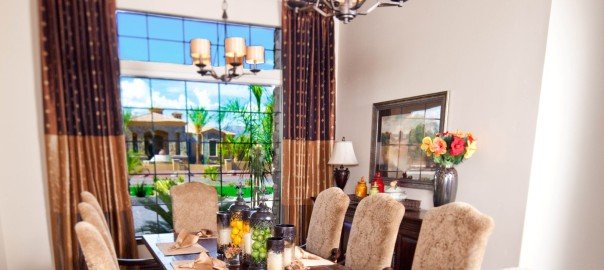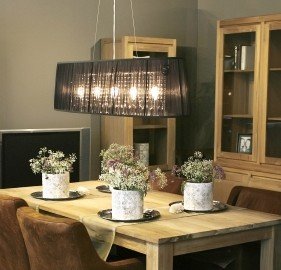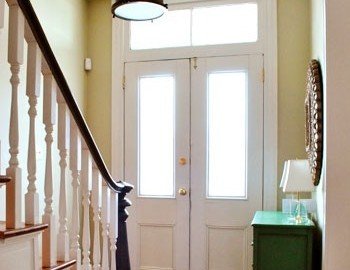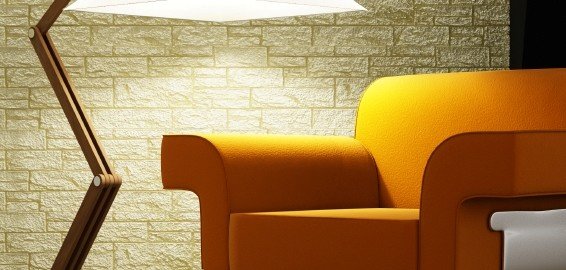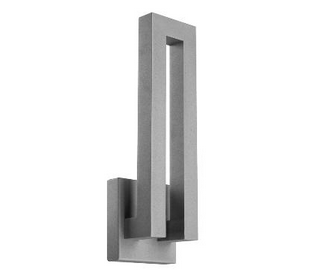
LEDs can help you save money, but it can be hard to know which LED to buy. It is easy to become overwhelmed by all of the LED options available today. Here are some basics to help you get by:
1. There are no current metrics to accurately measure LED performance. Many of the old industry standards don’t translate well when it comes to LED applications. However, there are a few new metrics that are already in place. To ensure a fair comparison check the LEDs LM-79 and LM-80 test reports. If they don’t have LM-79 or LM-80 test reports you may want to look at another option.
2. You’ve heard that LEDs last longer, but what may be more important is not how long will the LED last, but how long has the manufacturer been in business. LED warranties are often five years or longer, but anyone can offer a long warranty. If the company no longer exists three years down the road when your product fails, it doesn’t matter that they offered you a five-year warranty when you bought it. It is a good idea to select a manufacturer that has been in business long enough to give you some assurance that they will still be around to back their warranty if necessary.
3. LEDs are available in warm or cool colors but they tend to lean toward the cool, bluish end of the spectrum. To get the color that you want, check the color temperature. Lower numbers like 2700K are warmer, and close to an incandescent color. A color temperature of 4000K will be quite a stark white for architectural interior applications, and any number higher than that should be used with discretion.
4. Not every LED will work with every dimmer. Look for compatibility with your specific dimmer before making final LED selection. Many manufacturers publish compatibility tables. If not, try a sample first.
5. Need LED inspiration? Check out some of our Modern Forms fixtures!
